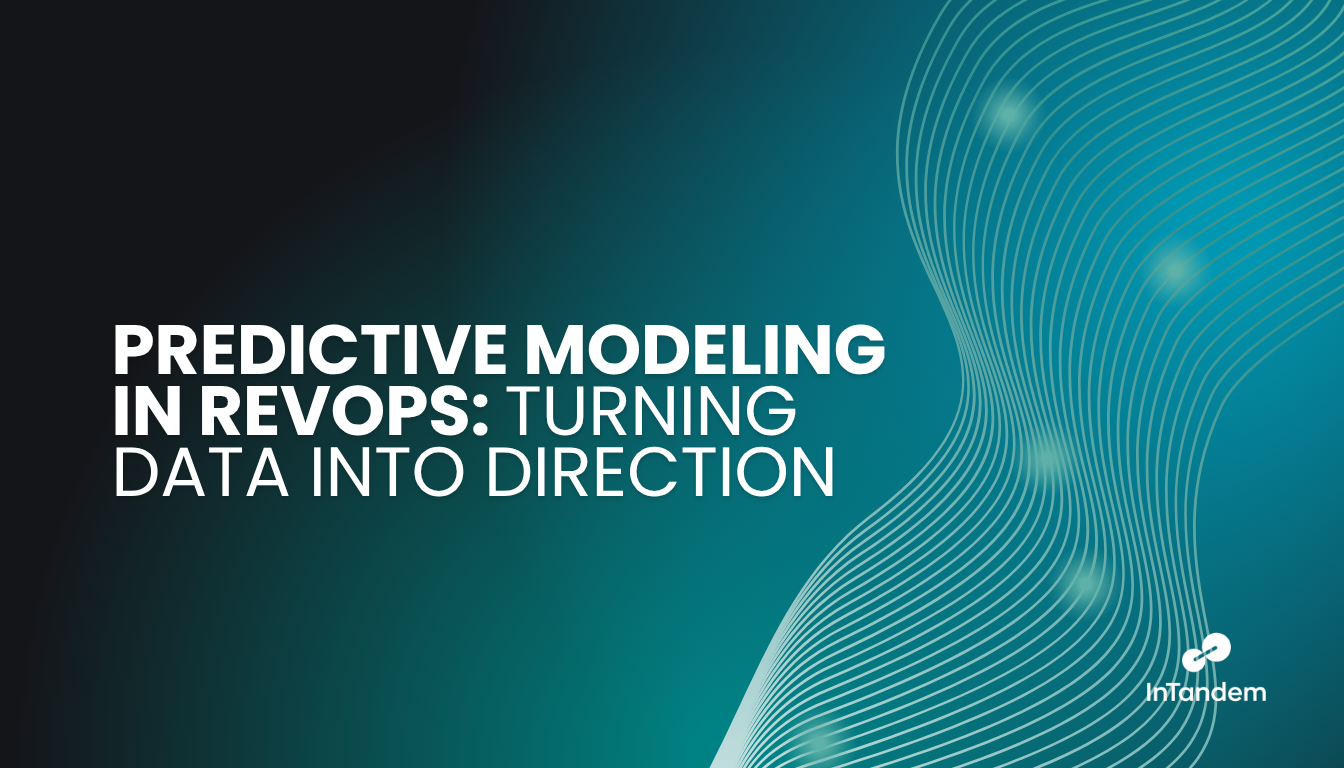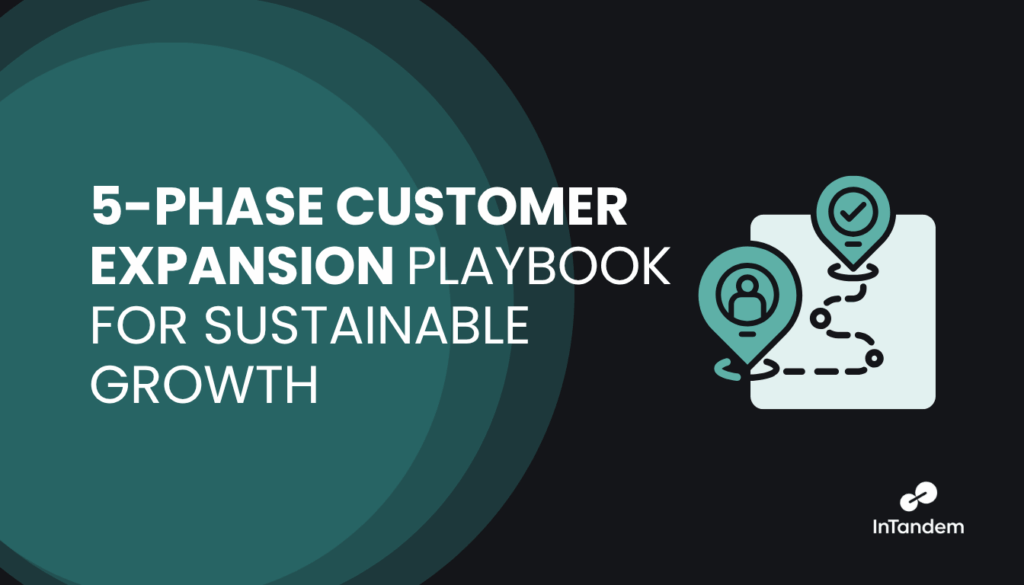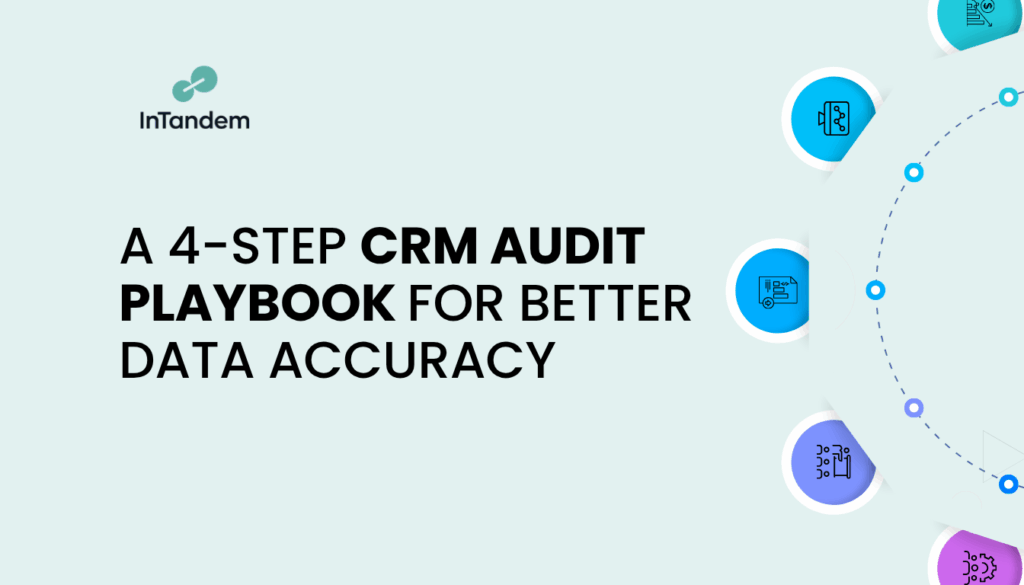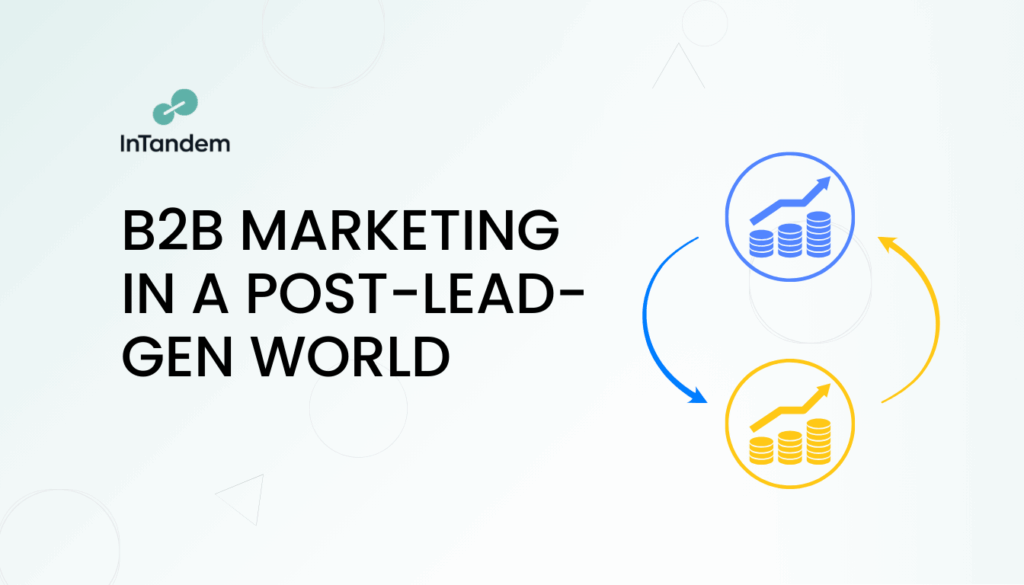Predictive Modeling in RevOps: Turning Data Into Direction

Article Highlights
If you’ve ever wished your revenue forecasts came with a little less guesswork and a little more science, you’re in good company.
In today’s go-to-market landscape, teams are sitting on a goldmine of data like CRM records, marketing activity, customer engagement, pipeline history, but too often, that gold stays buried under dashboards and static reports. Predictive modeling is how you unearth it. And when done right, it doesn’t just show you what has happened; it helps you act on what will happen next.
At InTandem, we like to think of it as giving RevOps teams a superpower: the ability to see around corners.
From Data Chaos to Confident Forecasting
Predictive modeling uses historical data, machine learning, and a little RevOps magic to forecast outcomes like conversion rates, deal velocity, and churn.
But here’s the catch: the model itself isn’t the magic, the alignment is.
When marketing, sales, and customer success teams operate in sync, the inputs become cleaner, the insights sharper, and the predictions more reliable. Suddenly, the pipeline stops feeling like a gamble and starts looking like a plan.
Here’s the how:
- First, you clean and unify your data. InTandem helps you audit your CRM, field usage and integrations, ensure consistent definitions (leads, accounts, contacts), and eliminate disconnected schemas so your model can actually work.
- Then, you align people and processes. Marketing, sales, and CS adopt shared metrics and workflows so the data you feed the model is trustworthy and meaningful, not fragmented.
- Next, you apply predictive models strategically. InTandem builds use cases, like lead-scoring, churn-risk prediction, or forecasting deal outcomes, and embeds them into your operational systems so predictions become actionable.
- Finally, you operationalize and iterate. The insights don’t sit in a dashboard; they trigger next-best actions, integrate into workflows, and you continuously monitor model health and business impact so forecasting becomes a living part of your revenue engine.
The InTandem mindset: Forecasting isn’t about fortune-telling. It’s about pattern-spotting and process-building in partnership.
Where Predictive Modeling Delivers Real Impact
Predictive analytics isn’t one-size-fits-all, but here are the use cases that consistently move the needle for our clients:
- Smarter lead scoring: Prioritize leads based on behavior, not bias. Who’s opening emails, booking demos, or signaling intent? That’s where your sales energy goes.
- Healthier pipelines: Spot potential bottlenecks before they become roadblocks. (No more “end-of-quarter surprises.”)
- Proactive customer success: Identify churn risk early, not after the renewal is lost, so your team can act while there’s still time to save the relationship.
- More accurate forecasting: Go beyond gut instinct. Blend historical patterns with real-time engagement signals to predict which deals will close and when.
It’s the difference between reacting to numbers and directing them.
The Human Side of the Model
We’ll be honest: predictive modeling isn’t plug-and-play. It requires reliable data, clear definitions, and a team willing to collaborate across silos. That’s where we come in.
Whether through fractional RevOps leadership or full-time support, our team helps companies operationalize their predictive insights, building the systems, habits, and confidence to use them.
And yes, sometimes that means we’ll challenge your assumptions. But that’s what good partners do.
Predictive Modeling Is Just the Beginning
If you’re exploring how to weave predictive insights into your revenue engine, start small. Lead scoring and churn prevention are quick wins that build momentum.
Then, expand. Connect predictive models to your go-to-market strategy, experiment, iterate, and measure. The key isn’t perfection; it’s progress, together.
Because when your data, teams, and goals move in tandem, revenue growth stops being reactive and starts being predictable.
FAQ: Predictive Modeling in RevOps
1. Do I need a data science team to start with predictive modeling?
Not necessarily. InTandem helps you start with the foundation you already have (your CRM, marketing data, and process definitions) and builds scalable models on top. You don’t need a team of data scientists to see results; you need clean data, alignment, and the right RevOps strategy.
2. How long does it take to see an impact from predictive modeling?
Most clients start seeing measurable improvements like better forecast accuracy or faster deal velocity within 60–90 days once data alignment and model integration are complete. The real gains compound over time as your model learns from new data.
3. What tools or platforms does InTandem work with?
InTandem integrates predictive insights into your existing tech stack, like Salesforce, HubSpot, Gainsight, and other go-to-market platforms, so you don’t have to overhaul systems. The goal is to make predictions actionable where your teams already work.
4. How is this different from traditional reporting or BI dashboards?
Dashboards tell you what happened. Predictive modeling tells you what’s likely to happen and what you can do about it. Instead of static charts, you get dynamic, data-backed direction for smarter decisions.
5. What kind of companies benefit most?
If you have a growing sales motion, an expanding customer base, and want to replace “gut feel” with data-driven confidence, predictive modeling is for you. InTandem works best with organizations ready to align their revenue teams and scale predictably.






